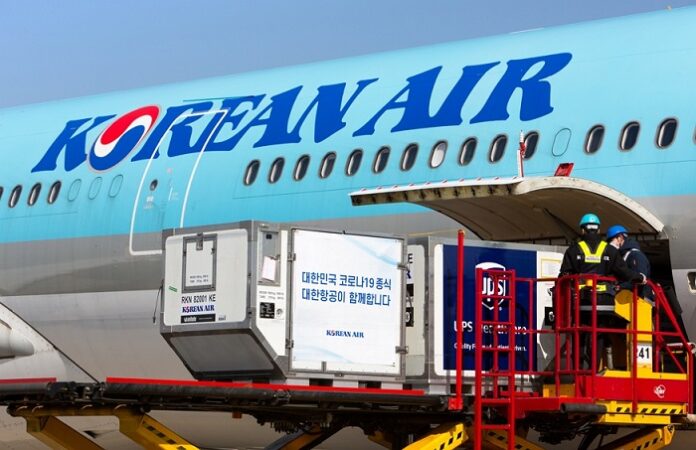
-
Air cargo sector ends 2022 with a 27% seasonal dive in tonnages the last two weeks of the year
-
WorldACD Market Data says the slump followed market adjustment and recovery from exceptional patterns in two years of the pandemic
-
Worldwide rates are 30% below their unusually high levels this time last year despite the effects of higher fuel surcharges, but are still significantly above pre-COVID levels
Global air cargo tonnages took a seasonal dive in the last two weeks of 2022, capping a year characterized by a slide in demand and pricing since the end of the first quarter, according to the latest preliminary figures from WorldACD Market Data.
The slump came as markets adjusted to and recovered from the exceptional patterns during two years of the COVID-19 pandemic, the Amsterdam-based database management company said in a press release.
Although the decline in chargeable weight in the final week of 2022 was steeper than in the previous year, the average drop in the final two weeks was broadly similar to the 2021 tumble, although average rates last year fell slightly less steeply than in 2021’s closing week.
RELATED READ: Air cargo demand drops further in December
WorldACD said the hesitant and stuttering lifting of China’s remaining COVID restrictions, ahead of a relatively early Lunar New Year on January 22, combined with an uncertain economic outlook that includes weak consumer and business confidence, making the outlook for the months ahead even hazier than usual this time of year.
Figures for week 52 (December 26-January 1) show an overall drop of 27% in worldwide flown tonnages compared with 9% in the previous week. The drop in overall chargeable weight is normal this time in view of the holiday season, with this year’s drop more significant than last year’ 21% fall when comparing week 52 to week 51.
Average rates declined in week 52 by 3% week on week, less substantial than the 7% slip during the same period last year, but still a continuation of the soft demand that triggered the air cargo slump in rates since the beginning of December 2022.
RELATED READ: DHL sees no air cargo peak season surge
Comparing weeks 51 and 52 with the preceding two weeks (2Wo2W), tonnages fell 21% below their combined total in weeks 49 and 50, while average worldwide rates declined 5%, combined with a 7% capacity contraction based on the more than 400,000 weekly transactions covered by WorldACD’s data.
In this two-week period, tonnages fell between all regions. Notable decreases were recorded between Europe and North America (35% eastbound, 32% westbound), between Europe and Central & South America (32% eastbound, 37% westbound) and between Europe and Asia Pacific (21% in both directions).
Year-on-year perspective
Comparing the overall global market with this time in 2021, chargeable weight in weeks 51 and 52 was 22% lower, at 6% less capacity. Notably, tonnages ex-North America were down 29%, and ex-Asia Pacific tonnages were 28% below their strong levels this time in 2021.
RELATED READ: Air cargo revenues set to moderate
But there were also double-digit percent year-on-year drops on outbound tonnages from Middle East & South Asia (14%) and Europe (14%).
Capacity reduced year on year is down almost in every region: Asia Pacific (14%), Central & South America (12%), Europe (8%) and North America (4%), whereas capacity is 10% up in Africa and 1% in Middle East & South Asia, remaining above its levels this time last year.
Worldwide rates are currently 30% below their unusually elevated levels this time last year at an average of US$3.03 per kilo in week 52, despite the effects of higher fuel surcharges, but they remain significantly above pre-COVID levels.




